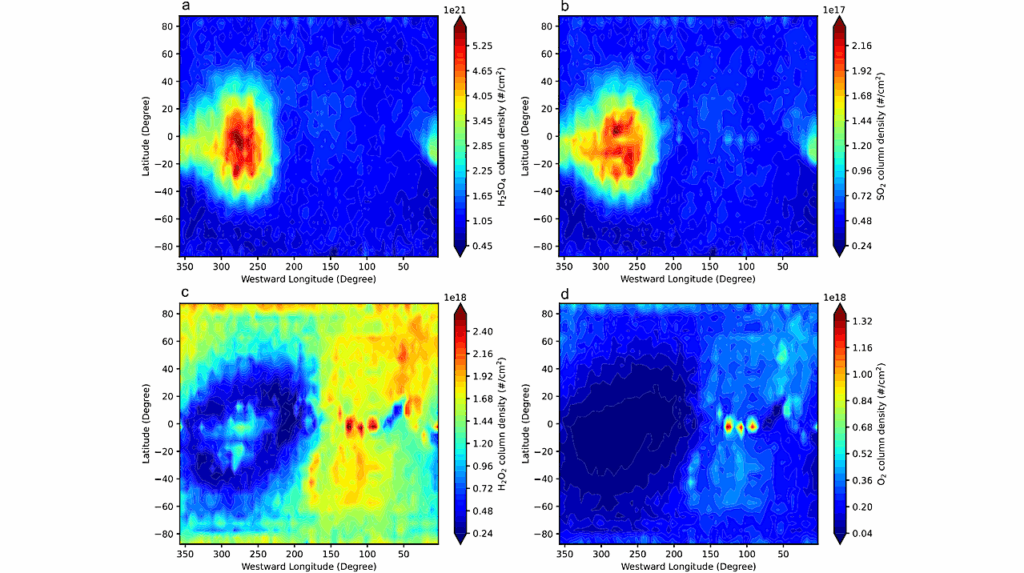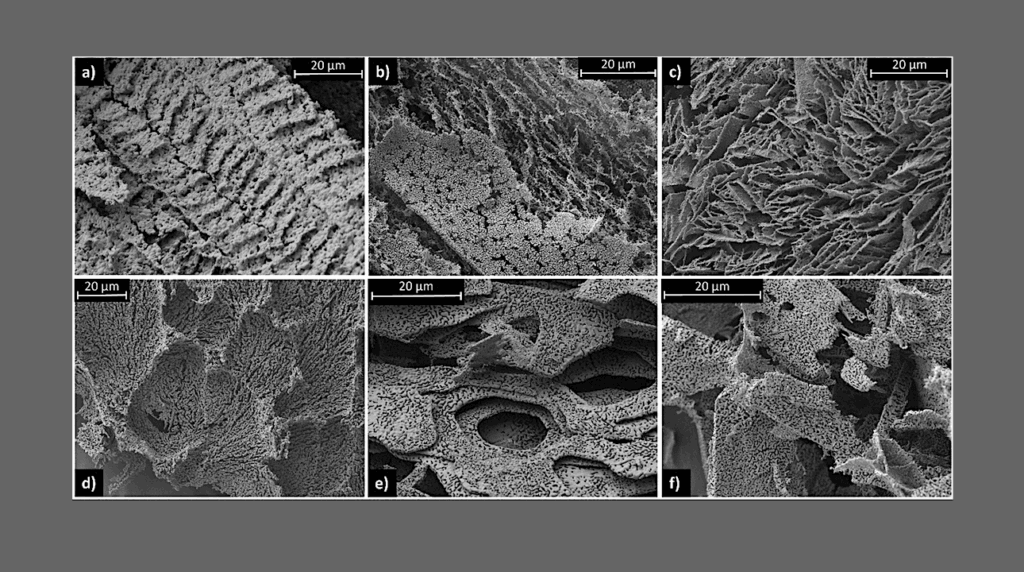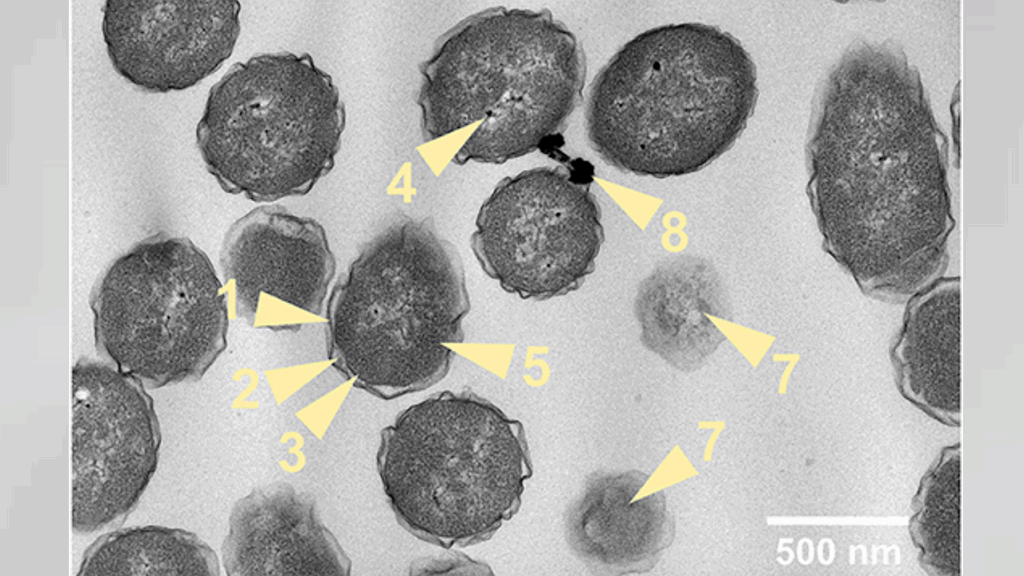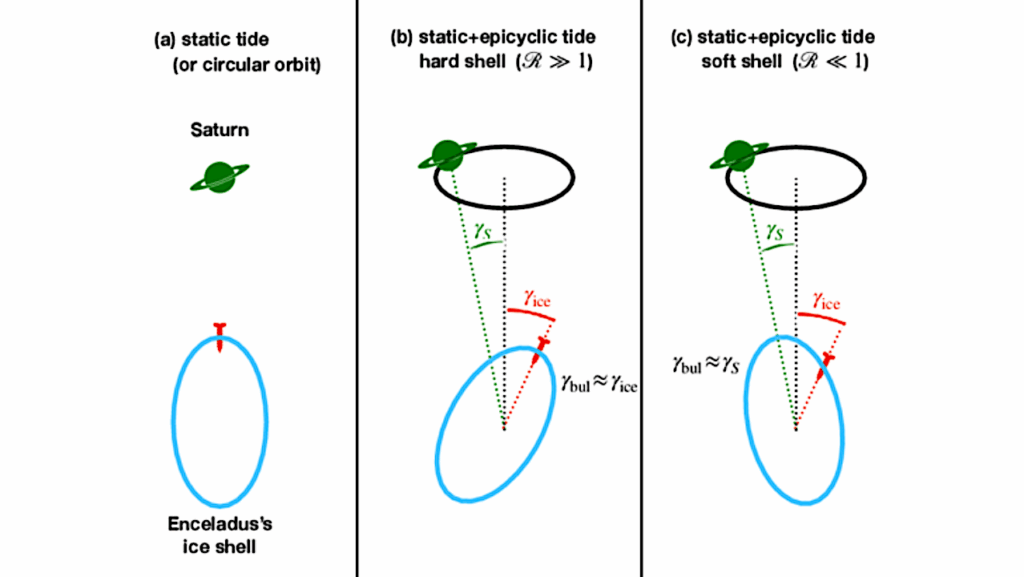Subsurface Thermophysical Properties of Europa’s Leading and Trailing Hemispheres as Revealed by ALMA
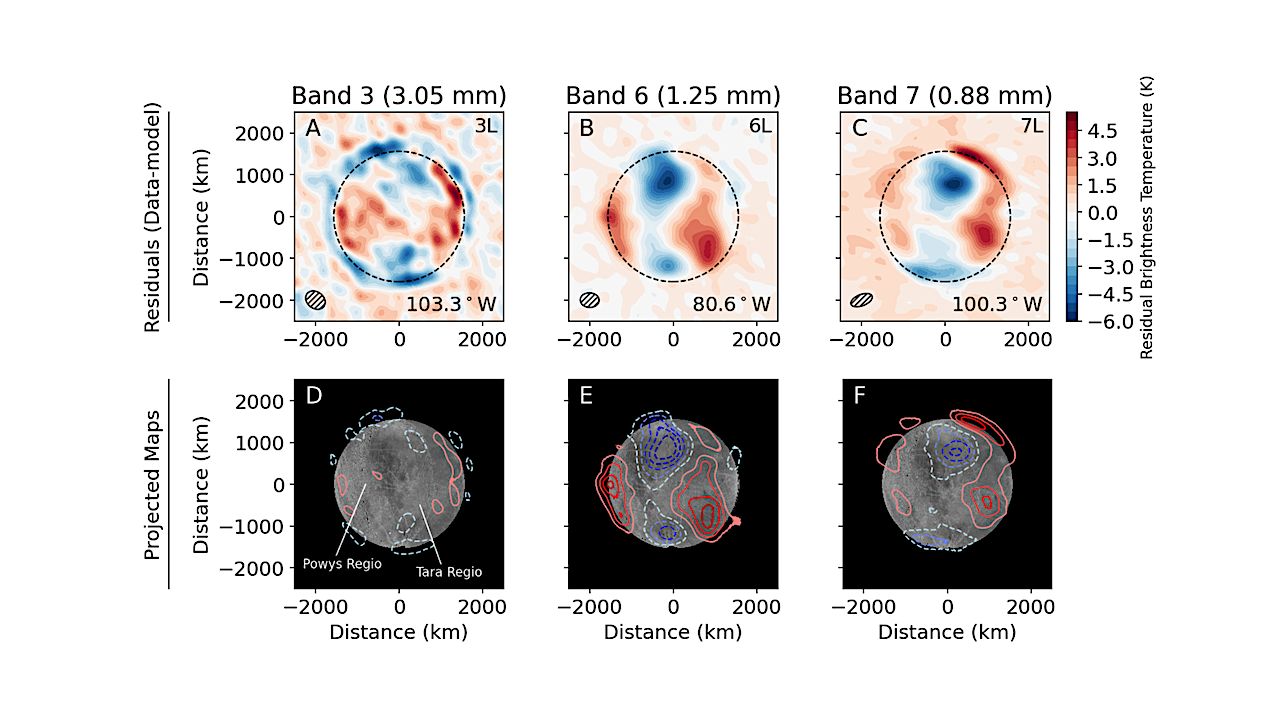
We present best-fit values of porosity — and the corresponding effective thermal inertiae — determined from three different depths in Europa’s near-subsurface (~1-20 cm). The porosity of the upper ~20 cm of Europa’s subsurface varies between 75-50% (Γeff≈50−140 J m−2 K−1 s−1/2) on the leading hemisphere and 50-40% (Γeff≈140−180 J m−2 K−1 s−1/2) on the trailing hemisphere.
Residual maps produced by comparison with these models reveal thermally anomalous features that cannot be reproduced by globally homogeneous porosity models. These regions are compared to Europa’s surface terrain and known compositional variations. We find that some instances of warm thermal anomalies are co-located with known geographical or compositional features on both the leading and trailing hemisphere; cool temperature anomalies are well correlated with surfaces previously observed to contain pure, crystalline water ice and the expansive rays of Pwyll crater.
Anomalous regions correspond to locations with subsurface properties different from those of our best-fit models, such as potentially elevated thermal inertia, decreased emissivity, or more porous regolith. We also find that ALMA observations at ~3 mm sound below the thermal skin depth of Europa (~10-15 cm) for a range of porosity values, and thus do not exhibit features indicative of diurnal variability or residuals similar to other frequency bands.
Future observations of Europa at higher angular resolution may reveal additional locations of variable subsurface thermophysical properties, while those at other wavelengths will inform our understanding of the regolith compaction length and the effects of external processes on the shallow subsurface.
A. E. Thelen, K. de Kleer, M. Camarca, A. Akins, M. Gurwell, B. Butler, I. de Pater
Comments: Accepted for publication in the Planetary Science Journal on 01/31/2024. 34 pages, 10 Figures, 4 tables
Subjects: Earth and Planetary Astrophysics (astro-ph.EP); Geophysics (physics.geo-ph)
Cite as: arXiv:2402.01952 [astro-ph.EP] (or arXiv:2402.01952v1 [astro-ph.EP] for this version)
Submission history
From: Alexander Thelen
[v1] Fri, 2 Feb 2024 23:17:15 UTC (2,304 KB)
https://arxiv.org/abs/2402.01952
Astrobiology



